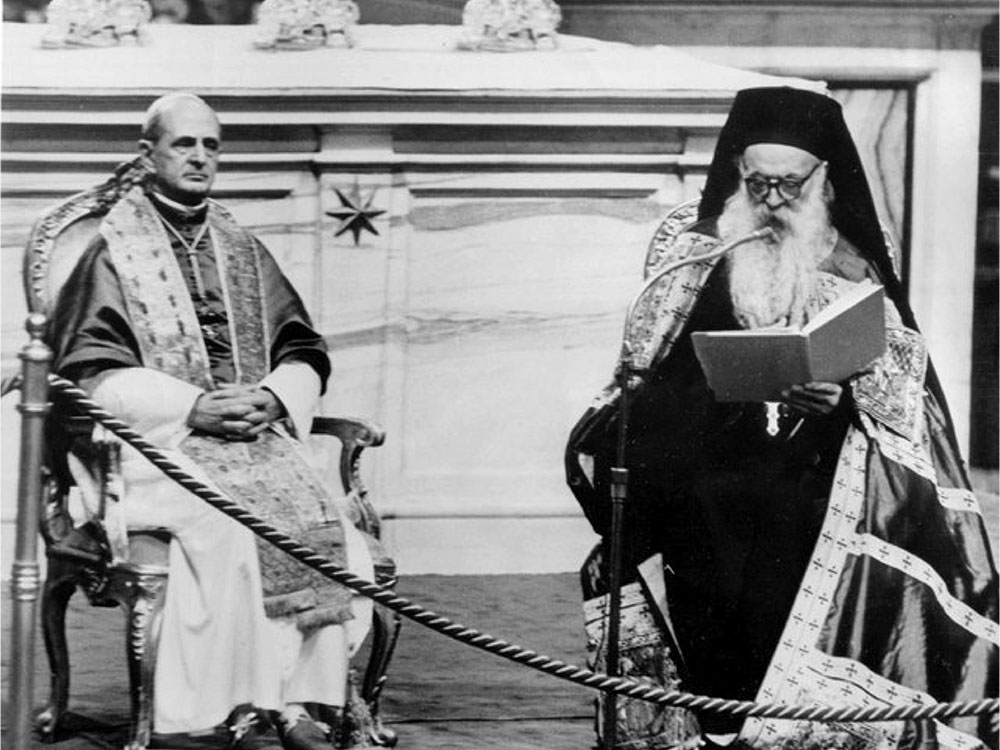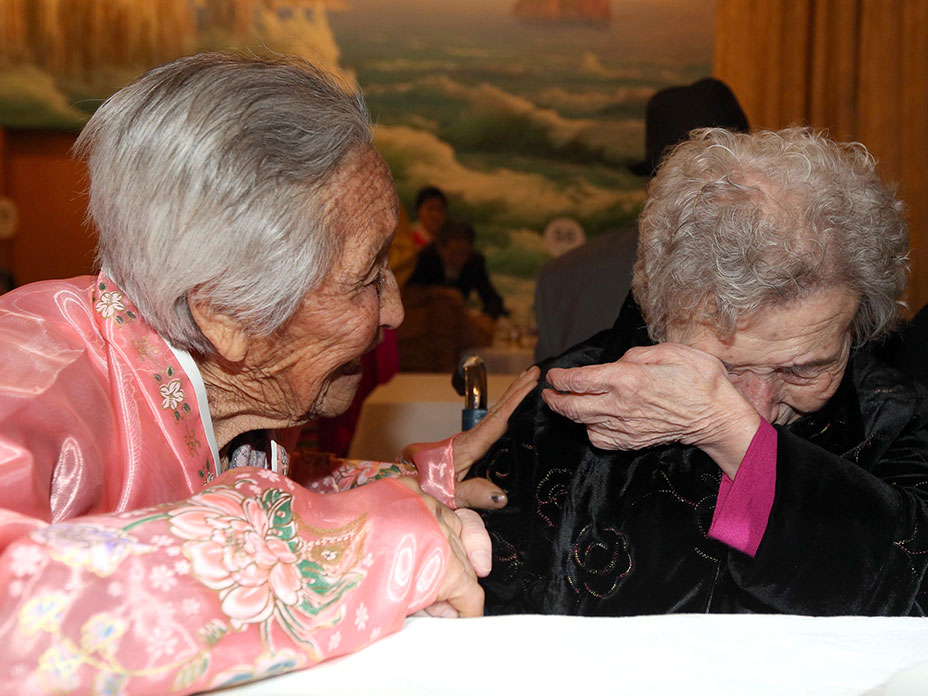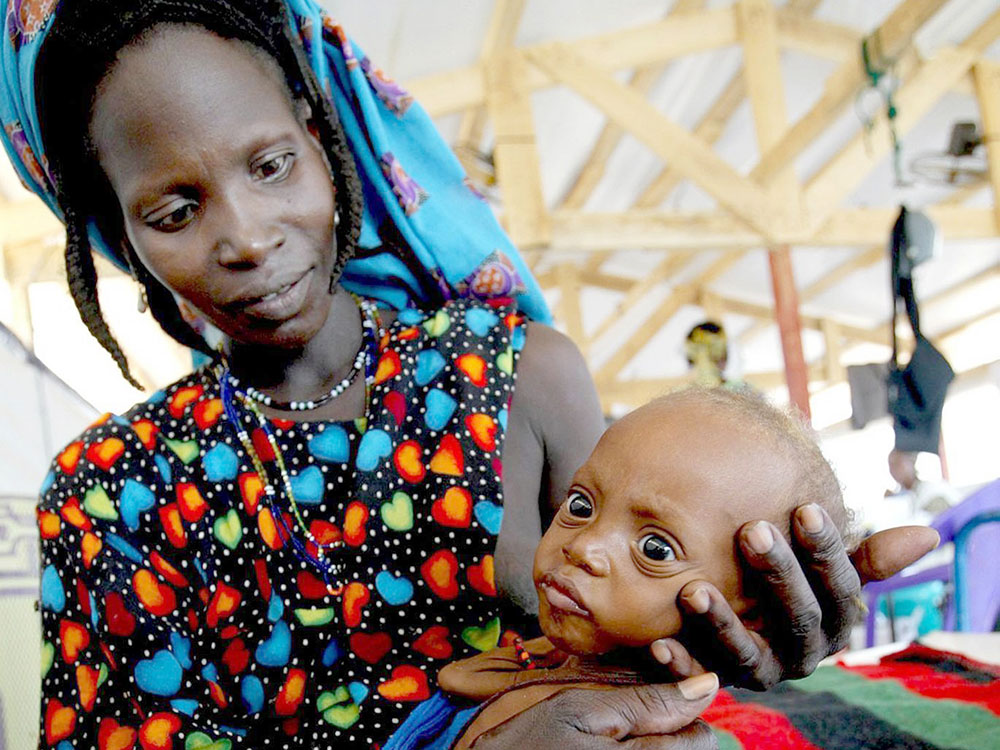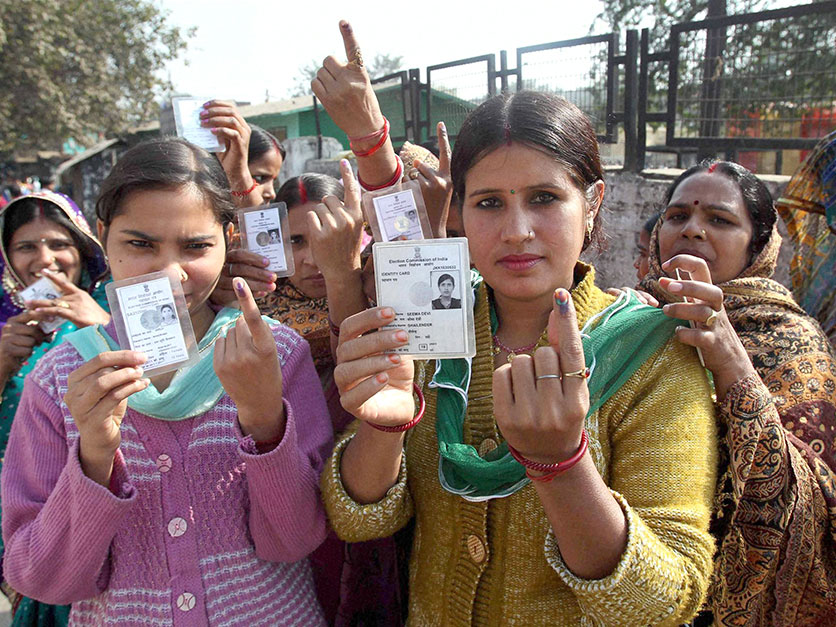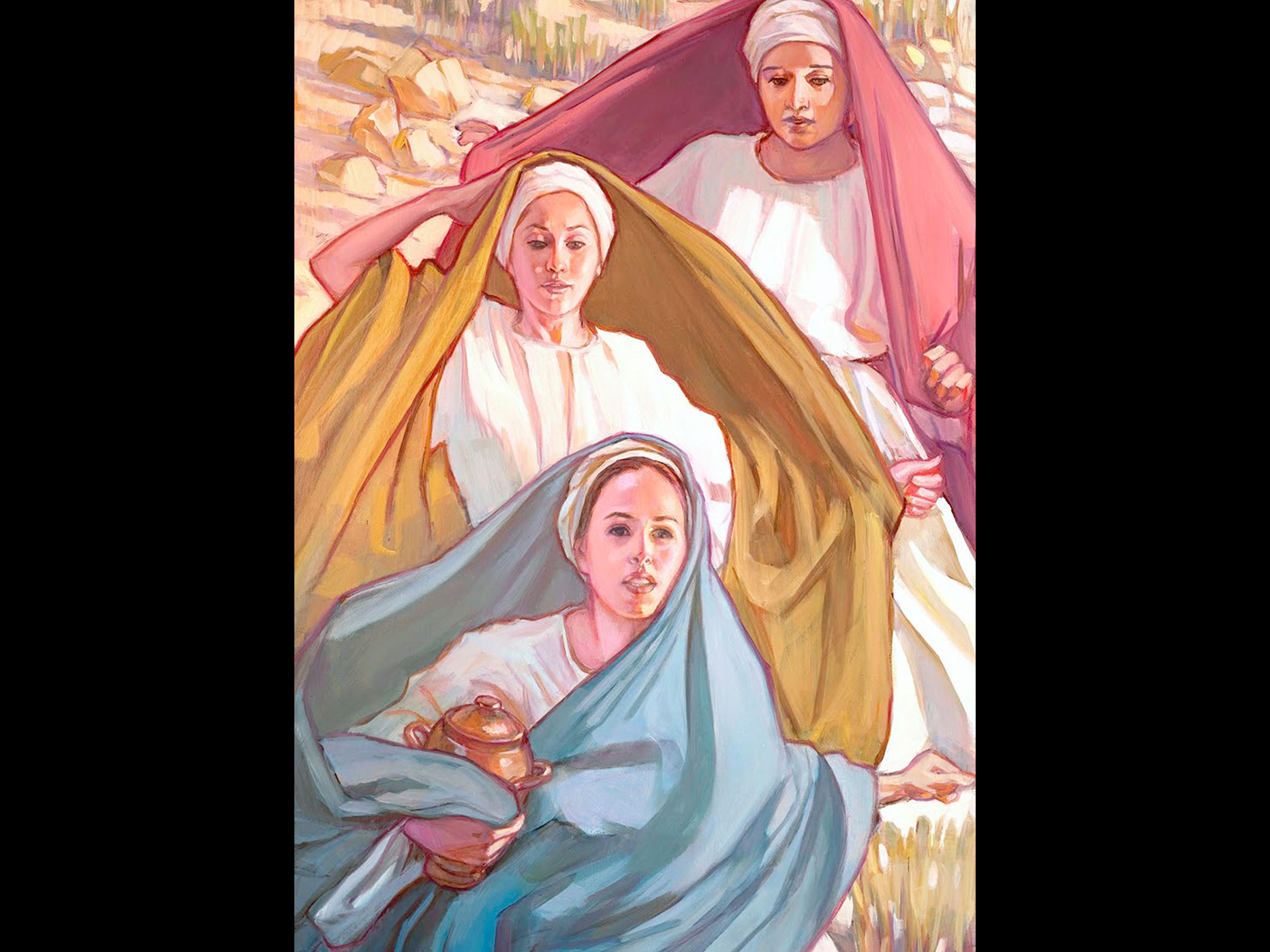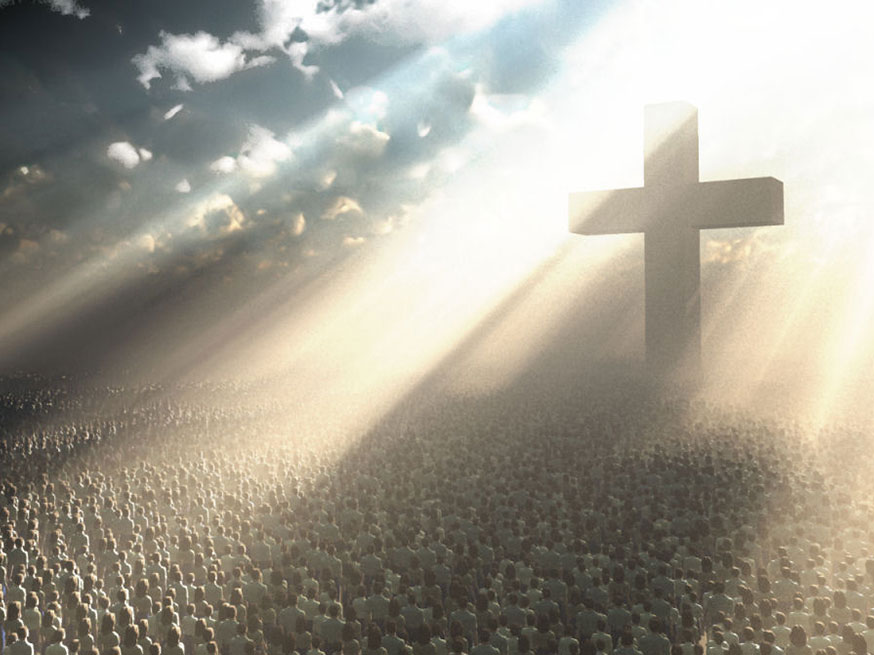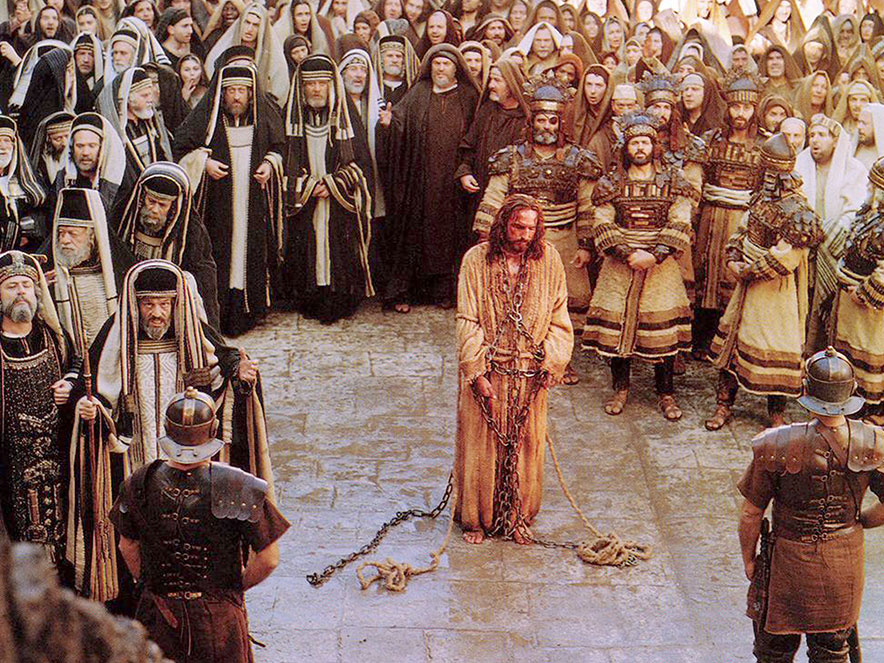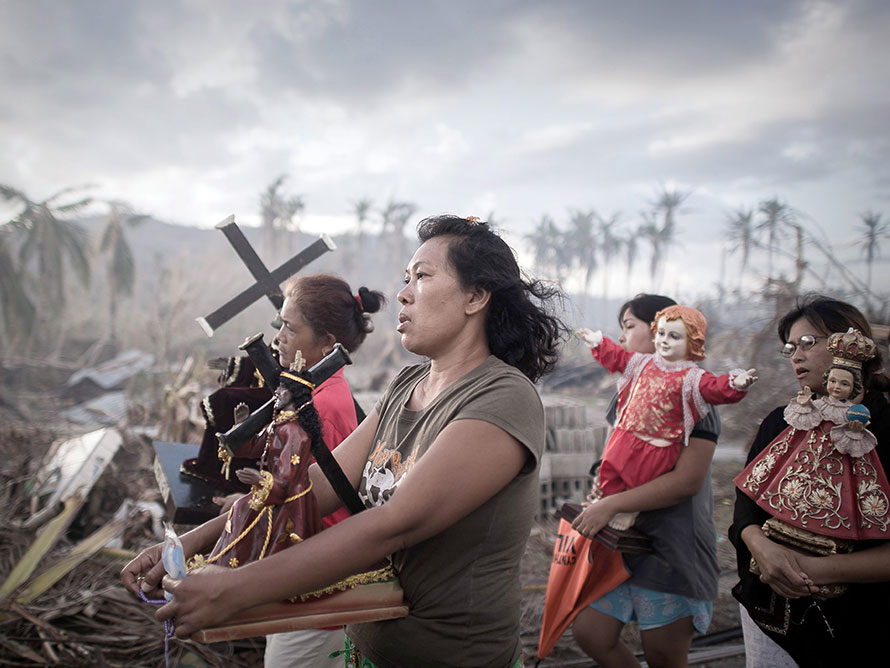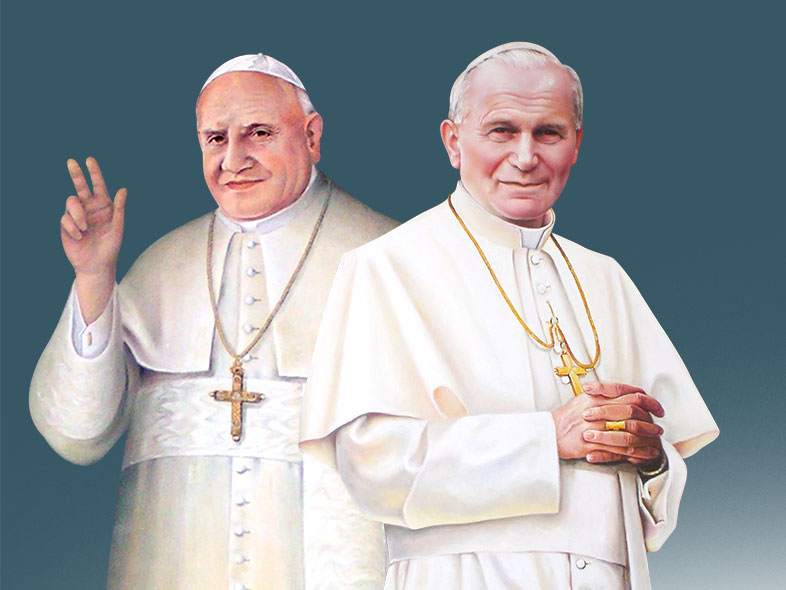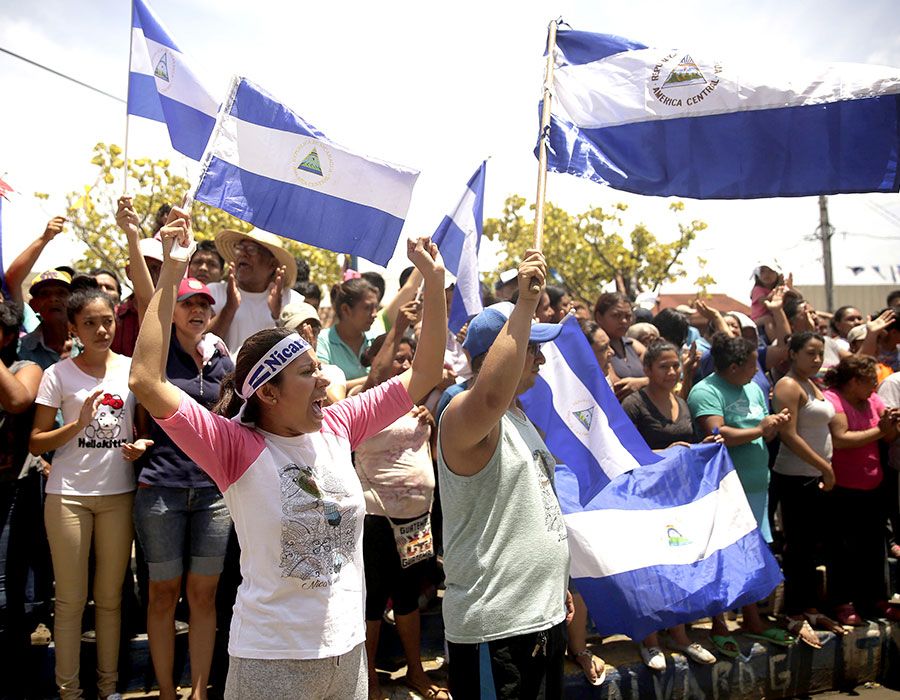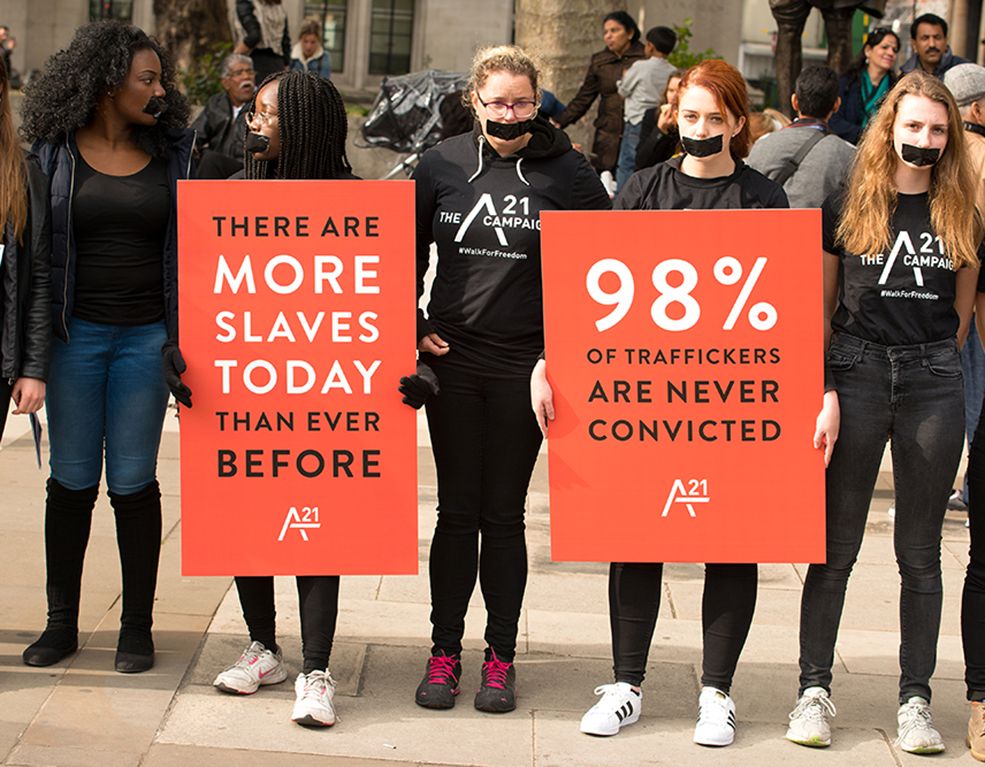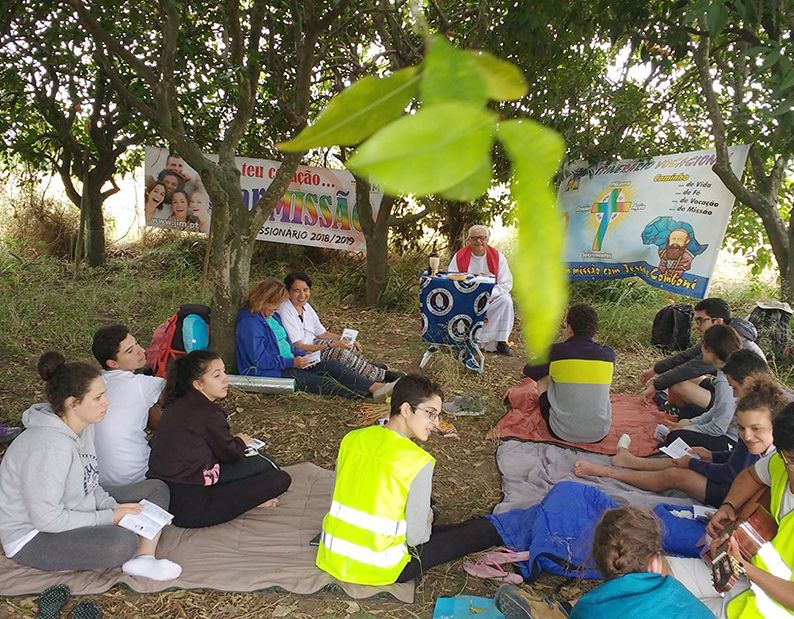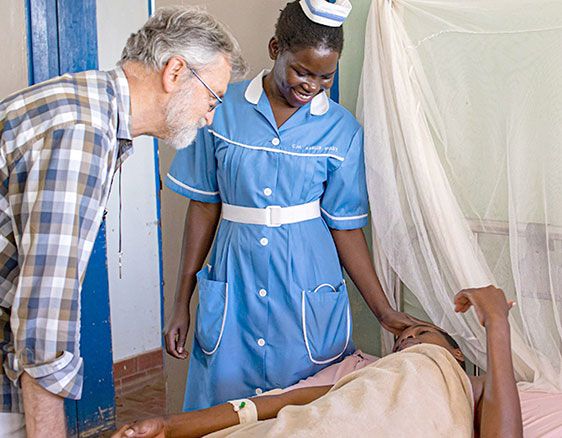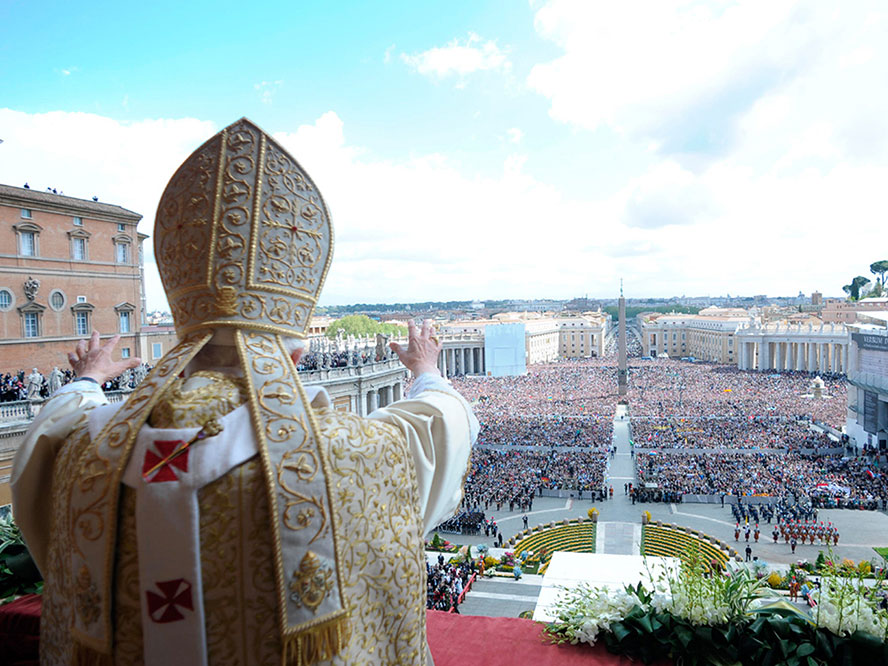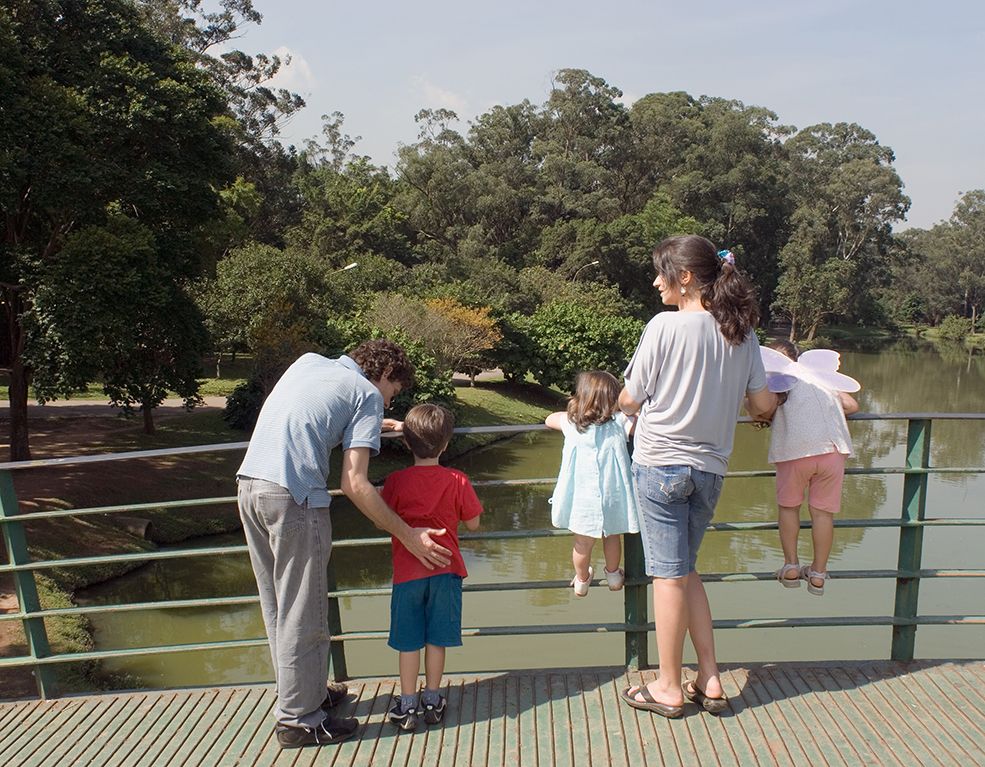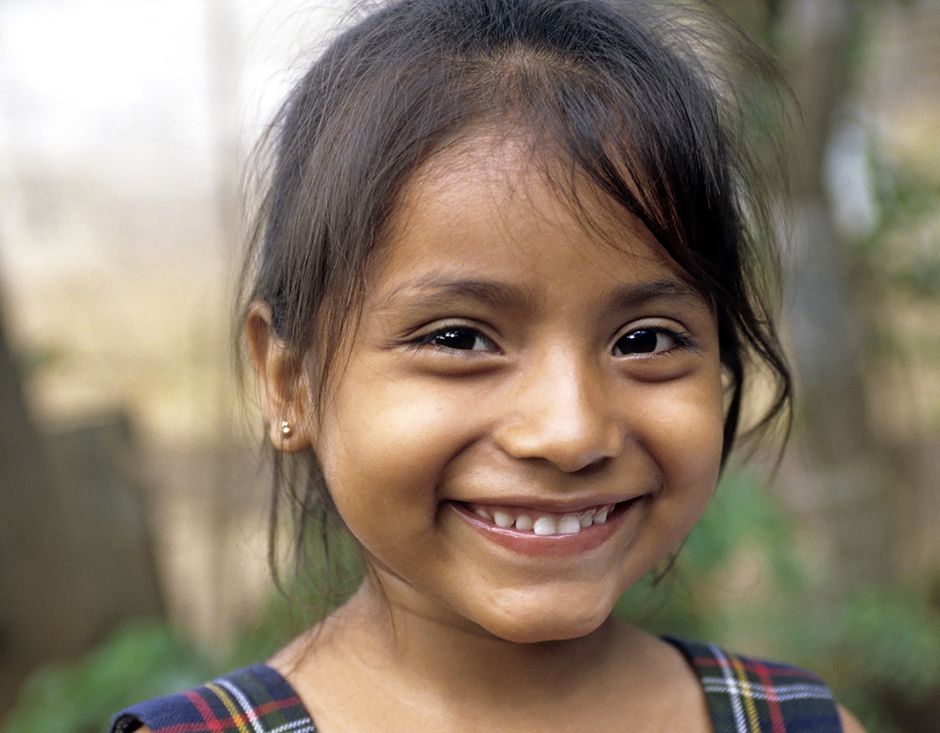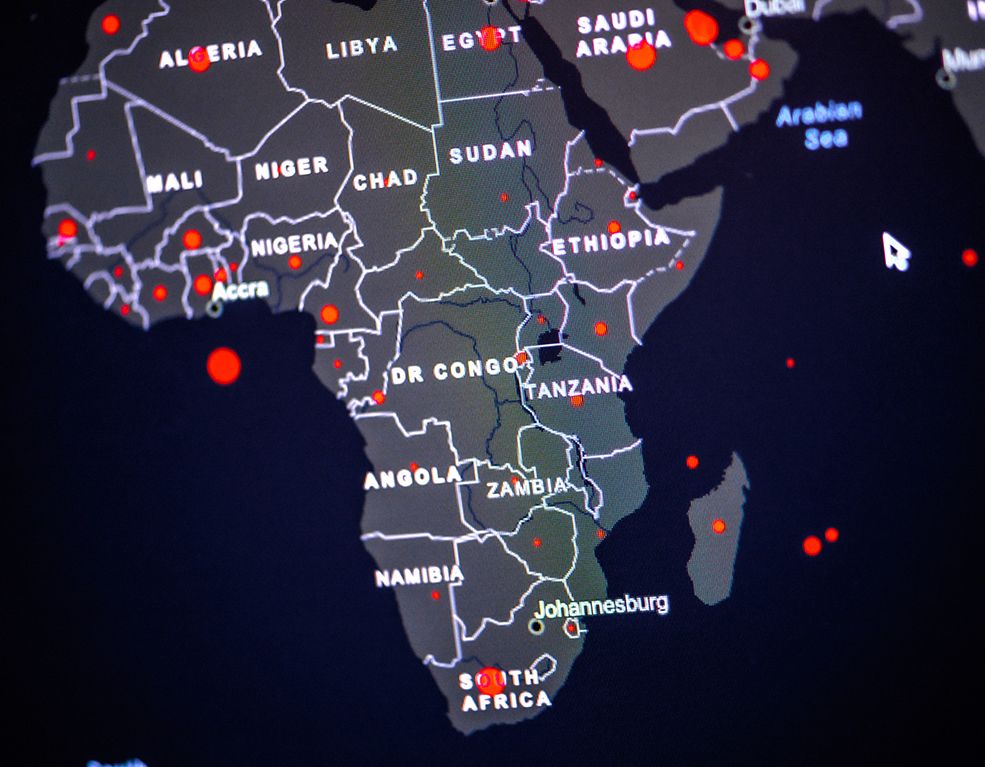Pope Francis is set to make a historic pilgrimage to the Holy Land from May 24 to 26, as an outward manifestation of his constant appeal for peace in the Middle East, amid continuing conflict in the region, particularly in Syria. The Holy Father will visit Jordan, Israel, and Palestine.
The Latin Patriarch of Jerusalem, Fouad Twal, hopes that the plight of the Church in the Holy Land, particularly the Christians living in East Jerusalem, will be among the issues to be addressed in the visit. East Jerusalem, which is home to some of the holiest sites in Judaism, Christianity, and Islam, is being claimed by both Israel and Palestine. Patriarch Twal prays that the economic agreement that Israel and the Holy See are working out will not result in the discrimination of Arab Christians, who are concerned that the accord will be an affirmation of Israel’s sovereignty over the entire Jerusalem.
A MISSION, A MEMORIAL
Aside from his call for lasting peace, the Pope is set to commemorate the 50th anniversary of the meeting between Pope Paul VI and the Ecumenical Patriarch of Constantinople, Athenagoras, in Jerusalem in January 1964. The meeting between the two Christian leaders heralded the thawing of and significantly transformed the relations between the Catholic and Orthodox Churches, which have been separated for a millennium. The current Ecumenical Patriarch, Bartholomew, will meet with Francis in the holy city during the papal visit.
In an interview with Vatican Insider, Irish Bishop Brian Farrell, Secretary of the Pontifical Council for Promoting Christian Unity, describes the Pope’s trip as a “pilgrimage of prayer.” Although Farrell does not expect anything earthshaking to come out of the meeting between Francis and Bartholomew, he, nevertheless, emphasizes its importance in terms of publicly reaffirming the two Churches’ commitment to resolving differences and identifying the roadblocks towards full communion between the Churches.
THE PROGRESS SO FAR
Since the 1964 meeting between Paul and Athenagoras, much progress has been made in terms of overcoming the prejudices and misunderstandings between the Catholic and Orthodox Churches. For one, both leaders lifted the mutual excommunications imposed by the Eastern and Western Churches, which were a consequence of the Great Schism in 1054. In recent times, the Ecumenical Patriarchate has also sent delegations to Rome for the Feast of Saints Peter and Paul. The Church of Rome, on the other hand, has been reciprocating this filial gesture by sending its representatives to Turkey on the Feast of St. Andrew, patron of the Patriarchate.
Popes John Paul II and Benedict XVI have also visited the Ecumenical Patriarchate in Turkey in 1979 and 2006, respectively. Meanwhile, Bartholomew made it clear that advancing Orthodox-Catholic relations is among his priorities. He attended Pope Francis’ installation as Bishop of Rome, the first such gesture by an Ecumenical Patriarch since the 11th century Schism.
Most importantly, formal dialogue between the Catholic and Orthodox Churches, which began in 1980, continues to this day. In October 2007, the Joint International Commission for the Theological Dialogue between the Roman Catholic Church and the Orthodox Church, during its 10th plenary session in Ravenna, Italy, issued what observers called a “breakthrough” document in terms of the advancement of the ecumenical cause. In that “Ravenna document,” member-theologians unanimously recognized the Bishop of Rome as the proto, the bishop of the “first diocese,” as he used to be regarded in the Church in the first millennium.
A BROTHER’S EMBRACE
Very early in his papacy, Francis also underscored the importance of continuing the dialogue between Catholic and Orthodox Christians. In fact, the Pope’s first words urbi et orbi (“to the city and to the world”) upon his election as the successor of St. Peter on 13 March 2013, hinted at his desire for unity and dialogue between estranged Christians. In his first remarks from the balcony of St. Peter’s Basilica, the Holy Father repeatedly referred to himself as the “Bishop of Rome.” Although many perceived this merely as Francis’ commitment to become a more visible and active pastor of his diocese, which his predecessors may have overlooked by exercising their office more on the international level, some observers believe it is a signal to move the ecumenical dialogue forward. Pope Francis went on to say that he is the bishop of “the church of Rome, which is the one that presides in charity over all the churches,” who begins his journey of “brotherhood, love and trust” with his flock.
A week after this, during the audience with representatives of the various churches and religions a day after his installation to the Petrine Ministry, Pope Francis referred to Patriarch Bartholomew as “my brother Andrew.” St. Andrew, Bartholomew’s predecessor, was, in fact, St. Peter’s sibling. In the same audience, the Holy Father renewed his call for unity among the Christian Churches, recalling the words of Pope St. John XXIII during the “Good Pope’s” opening address to participants of the Second Vatican Council in October 1962: “The Catholic Church considers it her duty to work actively for the fulfilment of the great mystery of that unity for which Jesus Christ prayed so earnestly to His Heavenly Father on the eve of His great sacrifice; the knowledge that she is so intimately associated with that prayer is for her an occasion of ineffable peace and joy.”
THE RUSSIAN RESISTANCE
Despite the warming of relations between the two Churches, however, Bishop Farrell says much still needs to be done. The prelate emphasizes the need for serious dialogue, particularly regarding the fundamental questions of papal primacy and governance, as well as the teaching authority of the Roman Catholic Church. The Catholic Church firmly anchors its belief in the primacy and authority of Peter, the first pope and bishop of Rome, over the entire Christian Church, in the words of Jesus Himself: “You are Peter, and upon this rock I will build my church, and the gates of the netherworld shall not prevail against it. I will give you the keys to the kingdom of heaven. Whatever you bind on earth shall be bound in heaven; and whatever you loose on earth shall be loosed in heaven.” (Mt 16:18-19)
However, the Russian Orthodox Church, which has the largest population in the Orthodox world, continues to dispute papal primacy. Rejecting the “Ravenna document,” it affirmed in a document, issued in December 2013, that the Roman pontiff has no power whatsoever in the universal Church, the undivided Church, except for “an honorary primacy, in love, without legal dominion over the whole Christian Church.” Ecumenical observers fear that this recent and continued resistance by the Russian Orthodox Church will negate whatever progress Francis and Bartholomew will be making during their Holy Land meeting. Meanwhile, Bartholomew sought to cushion this setback by convening all Orthodox leaders in Constantinople in March 2014, ahead of the 2015 Synod of all Orthodoxy.
A RENEWED HOPE FOR UNITY
However, in spite of the perceived roadblocks, the Vatican remains optimistic about the future of Catholic-Orthodox relations. If anything, Bishop Farrell says the meeting between Francis and Bartholomew in the Holy Land will continue to set the pace and tone of the dialogue between the two Churches, despite a slowing down at the Theological Commission level.
In addition, at the start of this year, Pope Francis reaffirmed his commitment to ecumenical dialogue by devoting the catechesis of his General Audience, on 22 January 2014, to Christian unity. Describing divisions among Christians as “a source of scandal” that “weaken our witness to the Gospel,” the words seemed to be a foretaste of the Pope’s mission to the Holy Land to heal rifts, echoing the prayer of Jesus Himself for unity among the members of the Early Christian Church : “That they may all be one. As you, Father, are in me and I am in you, may they also be one in us so that the world may believe that you have sent me.” (John 17:21).

